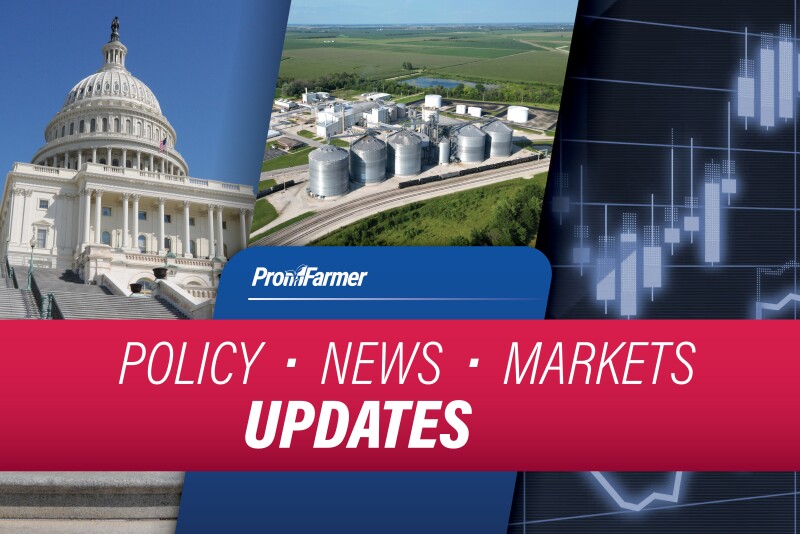MAHA Commission unveils roadmap to address chronic disease in children (NPR): Yesterday, the Trump administration rolled out a wide-ranging report to address the rise of chronic disease in children, with more than 120 recommendations spanning nutrition, environmental exposures, physical activity, and stress. Health Secretary Robert F. Kennedy Jr., who chairs the Make America Healthy Again (MAHA) Commission, called the effort “historic,” framing children’s health as a national crisis.
For agriculture, the report highlights both opportunities and concerns. It encourages more research on how pesticides, plastics, and other exposures may affect child health, but avoids immediate restrictions—something farm groups see as a positive step. The plan also calls for USDA, EPA, and NIH to strengthen public trust in pesticide oversight by improving transparency and using modern research tools. Farmers have urged that their voices be included in shaping future policy, warning that abrupt changes could undermine productivity.
On the food side, the commission supports giving schools more flexibility to serve whole milk and other minimally processed foods. That could expand markets for dairy, fruit, and vegetable producers while reinforcing consumer demand for farm-fresh products. Still, advocates note that these goals clash with other administration actions—such as proposed funding cuts to food assistance and health programs—that could undercut progress.
Trump administration prepares for H2A immigration reforms (Agri-Pulse): The Trump administration is looking to overhaul how minimum wage rates for H-2A farmworkers are determined, aiming to ease cost pressures on farmers while addressing concerns about the U.S. labor force. A key question is whether officials will revive the approach attempted in late 2020 or develop a new system for setting the adverse effect wage rates (AEWR) that farmers must pay H-2A workers.
USDA has already moved in this direction by halting its Farm Labor Survey, which the Labor Department has long relied on to calculate wage rates by state. At the same time, a Louisiana federal judge recently struck down a 2023 Biden administration rule that would have required even higher pay for farmworkers performing certain additional tasks, such as truck driving.
Farm groups argue the USDA survey inflated wages beyond what growers could afford, while the Labor Department maintains it has legal authority to set AEWR but is not required to base them on that survey. The law itself only mandates that imported H-2A workers must not undercut the pay and conditions of U.S. workers in similar jobs, leaving the method of calculation up to the department.

